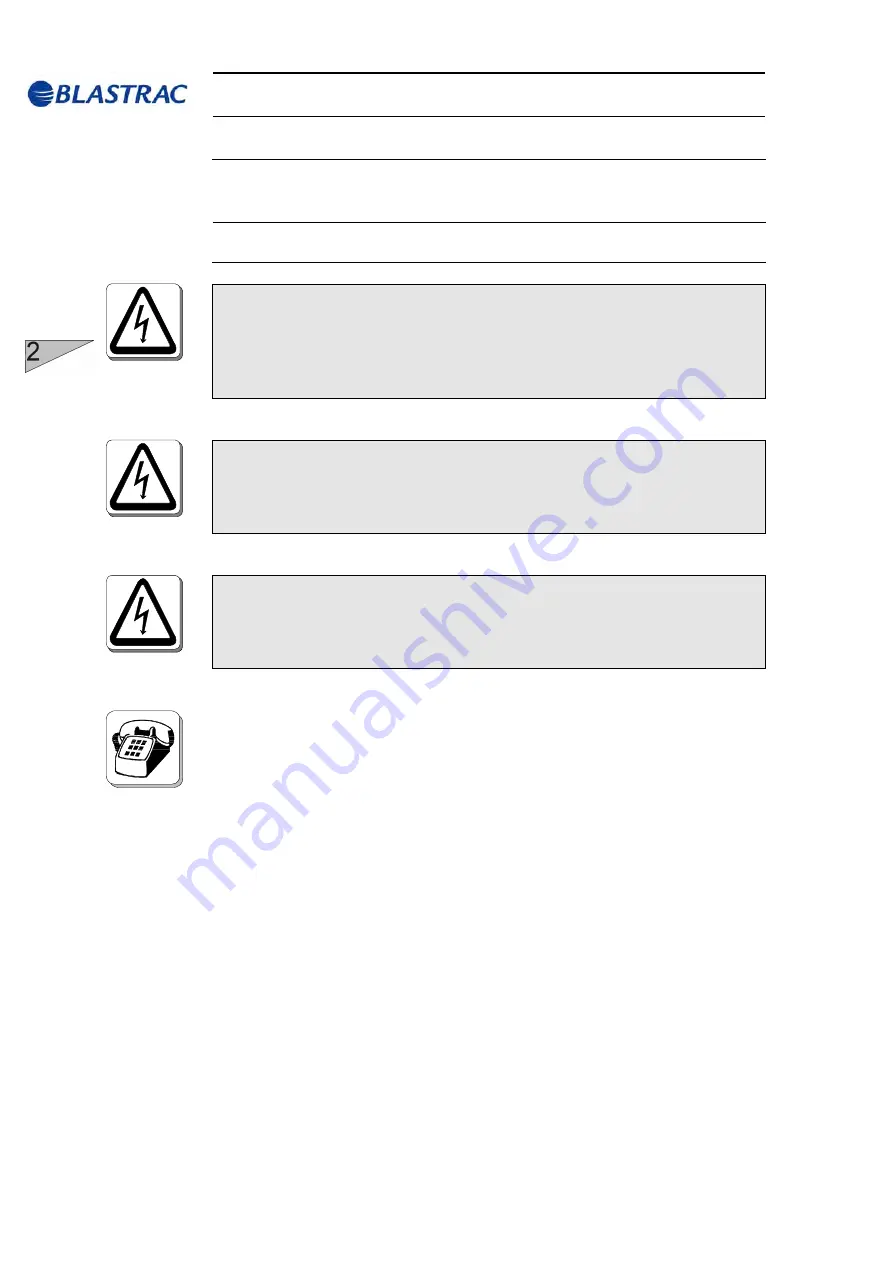
Operating Instructions
2-45D
Safety instructions
10
2.7 Hydraulic and electrical engineering regulations
Work on
hydraulic
equipment or operating materials may only be
undertaken by a
skilled hydraulic engineer
or by
trained
persons
under the
guidance
and
supervision
of a
skilled hydraulic
engineer
as well as in accordance with the
hydraulic engineering
regulations
.
Work on
electrical
equipment or operating materials may only be
undertaken by a
skilled electrician
or by
trained
persons under
the
guidance
and
supervision
of a
skilled electrician
as well as
in accordance with the
electrical engineering regulations
.
Hoses
and
pipe work
can be under
hydraulic pressure
.
Temperature
of the components can be
above 37° C
. Use only
hoses and pipe work that are sized and marked in accordance with
the overall power consumption of the machine.
The hydraulic and electrical equipment for the plant must be
inspected regularly
. Please note in particular the
specified
recurring inspections
. Defects such as
loose
connections or
scorched
hoses and cables must be rectified
immediately
.
Call a
skilled hydraulic or electrical engineer or our Customer
Services.
A
second
person must be deployed who can disengage the
hydraulics and switch off the PTO in an emergency if work on
live
parts is necessary. The work area must be sealed off using a red and
white
safety chain
and a danger sign. For the electrical parts, use a
tool that is
insulated against voltages
.
Only
start work once you are familiar with the
hydraulic and
electrical engineering regulations
that apply to your area.
Only use voltage seekers that
comply with the regulations
when
troubleshooting. From time to time check voltage seekers to ensure
that they are operationally efficient.














































